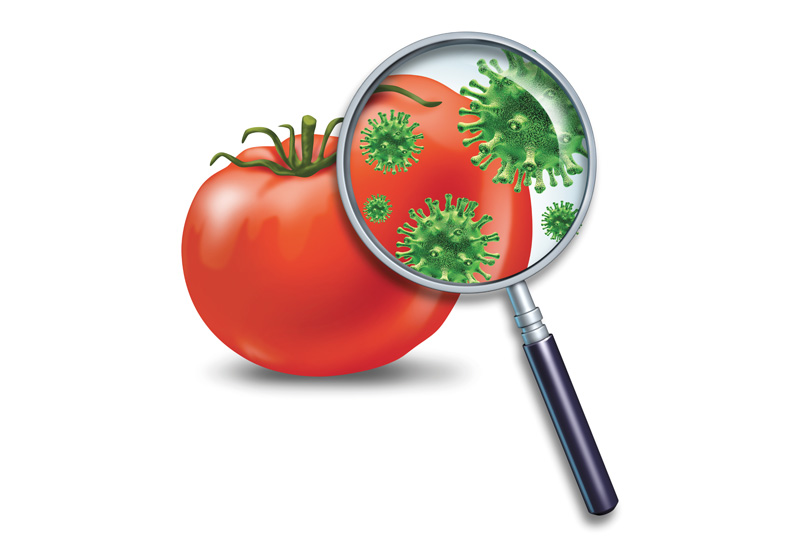 Warmer climates and a higher volume of imported goods mean food safety is a particularly big challenge in the Middle East.
Warmer climates and a higher volume of imported goods mean food safety is a particularly big challenge in the Middle East.
Moving and shaking
“In a restaurant environment, it is easy to prepare fresh food and serve it within the next 10 to 15 minutes.
However, this is not the case in a mobile catering set up, where dishes have to be created to last for several hours, and as earlier mentioned, even by several days.
Key ingredients like tomatoes, green chillies, cheese, potatoes and several meats cannot be used as they spoil quickly, yet without using them, the food will taste like there is something missing.

| Advertisement |
Identifying and creating foods that offer variety and are attractive and delicious and can last for several hours under varying temperatures is certainly our biggest challenge,” says Dalmia.
But in a restaurant environment, food safety can be equally challenging. As Esquivel aptly puts it “every day is a race against weather, time temperature and ambience.”
The biggest challenges regarding food safety comes in the transportation and storage of foodstuffs.
Nidal Haddad, CEO of Al Bayader International, packaging solutions provider
said people must be educated on how to correctly package their food: “We started an awareness campaign sponsored by Dubai Municipality in 2011.
In 2012, we started another campaign – Learning is Fun - targeting Grade 5 to 7 school students in the UAE to teach them the safe ways of packaging their food and understanding the importance of manufacturing.”
As a supplier, Al Bayader is HACCP certified with an ISO 9001 implementation and focuses on applying strict hygiene procedures in its facilities. After it produces its packaging solutions, each batch is tested by an external lab to assure the quality and hygiene of the final product.
“When developing a new range or a new material combination, the new products are subject to many tests before releasing it to the market. Some of these are: migration of substances from the packaging to the food, microbiological, and heat resistance,” says Haddad.
In Al-Shamil’s case, every stage has to be carefully considered. The company has made significant investment in commercial storage equipment for its warehouse.
“The use of modern cooling and food storage equipment gives us the advantage of being able to maintain our food items according to the required temperature and also based on the instructions placed on the food or beverage labels,” says Dalmia.
“Transporting food items from our warehouse to the bus is yet another challenge as certain foods cannot be mixed with others. Some have to be refrigerated between two to five degrees Celsius while others have to be maintained at a constant 57 degrees Celsius.
Our food products are transported in special temperature-controlled boxes, which are then unloaded into the bus refrigerators and specially designed hot bags.”
But while modern equipment does aid the implementation of an effective food safety strategy, sometimes things are just best done the old-fashioned way.
Article continues on next page ...








 Search our database of more than 2,700 industry companies
Search our database of more than 2,700 industry companies









